We are a part of the ecosystem
Our wetlands
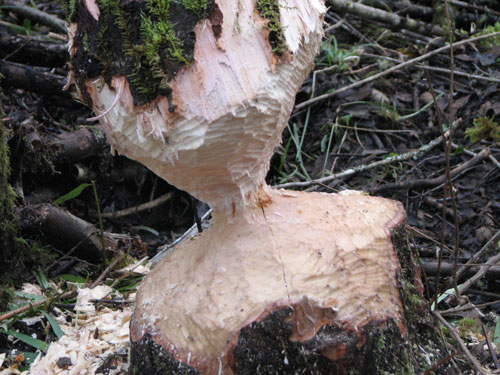
For all the great thoughts I have read
For all the deep books I have studied
None has brought me nearer to Spirit
Than a walk beneath shimmering leaves
Golden red with the fire of autumn
When the air is crisp
And the sun a pale eye, watching.
I am a scholar of the senses
A theologian of the tangible.
Spirit touches me and I touch Spirit
Each time I lift a leaf from my path
A thin flake of fire golden red
Still warm from the breath that made it.
Choctaw elder and retired Episcopal bishop Steven Charleston
Without a doubt, the most pervasive habitat type found in our park. There are more than 20 Category II wetlands scattered throughout the park. Most are in the Depressional hydrogeomorphic class. The largest wetland is a Category 1 Natural Heritage Wetland in the south end of the park. All of the larger wetlands (>3 Acres) score at a Category II level with an overall Category I rating due to the pristine nature of buffers and wildlife corridors and connections to other nearby wetlands. These wetlands recharge our drinking water, reduce storm runoff surges, retain silt, provide late season stream flow for salmon, and much more.
Our standing dead trees
They might not look like much, but they are wonderful habitat. These trees are essential to cavity nesting birds. They also serve as a primary food source for our numerous woodpecker species.
Our forest meadows
This is our least abundant habitat within the park. It is a hunting ground for raptors, and bats. Eagles and owls use the ecotone to watch for prey. Some are remnants of past logging, and some are natural and caused by Laminated Root Rot killing Douglas fir trees in pockets.
Uplands
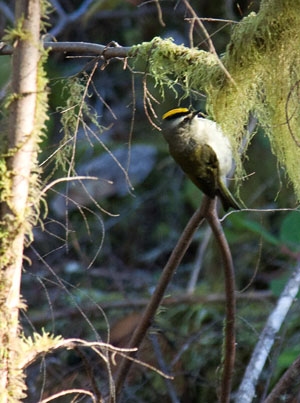
Within the park, the age of timber stands vary. You can find a mix of second growth and secondary succession stands throughout the park. Formerly managed as a monoculture to maximize efficiency at harvest, the park is mostly composed of disturbed habitat. Approximately 40% of the parks forests are legacy plantations of Douglas fir, where competing species were suppressed during thinning to increase lumber production. We completed a forest management plan that has improved the health of our trees and increased diversity of native trees and shrubs, as well as habitat complexity within the park. The more diverse the habitat, the greater the variety of wildlife. To see the plan visit Kitsap County Parks website.
The health of the uplands is critical to the health of the wetlands, lowlands, soils and plants. Every part of the landscape is critical to the ecological health of the whole.
Our Streams
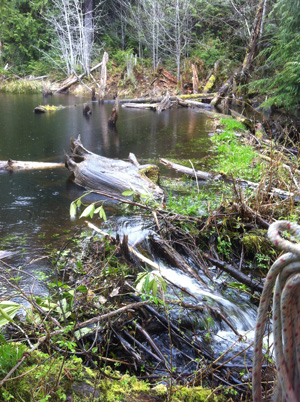
This beaver dam is one of several along the un-named stream that forms in the southern most 80 acres of the park. It contributes to Wildcat Creek, which flows across the extreme southern end of the park. The late summer stream flow is rainwater from the wetlands inside Old Loop Parkway. The logs and woody debris provide shade and cover for juvenile Coho. Frogs and fry hide from Great Blue Herons in the shadows of floating logs. This stream joins Wildcat Creek and eventually ends up in Chico Creek prior to entering Dyes Inlet. Juvenile Coho utilize this habitat to rear for about 18 months prior to heading out to sea. They have been documented as far upstream as Old Loop Parkway just below the Heritage Site (2015-16).

There are several ponds formed behind six separate beaver dams along this un-named tributary to Wildcat Creek.
Mature Forests
Red Cedar and Douglas fir are considered MATURE when they are between 70 and 200 years old. In the south end we have a mature Western Red Cedar stand composed of trees older than 100 years, and some more than 150 years old. This type of habitat is considered as high priority for wildlife. There are several other mature stands of Douglas fir in the park, and about 40% of our trees are young (30-60 years old)
Hardwood Patches
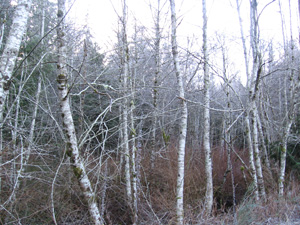
These are small, pure stands of deciduous trees that provide soft mast for birds, and leaf litter for a food web that supports macroinvertebrates. Scientists have recently learned the value to wildlife, of keeping these small pure stands intact. To date, we have found pure stands of: Madrone, Poplar, Red Alder and Cottonwood. We are currently establishing a Paper Birch stand and have scheduled a Garry Oak stand to be planted in October of 2023.
Rotting Logs
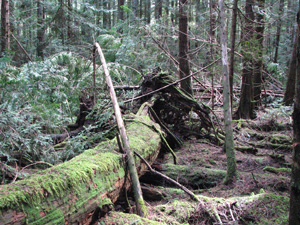
A fallen tree will persist in the environment for many years. An old growth tree that falls can persist as a log for as much as one thousand years. Our best guess is the big tree attached to the root ball pictured above fell about 100 years ago, and evidence of it will persist in the environment for about 900 more. If you look closely at this habitat, you will be amazed to see how much life exists in and on these logs. Smooth skinned amphibians must keep moist, and these old logs are home for many of them. "As many as 5000 individual amphibians can occur per acre in suitable habitat" (Quoted from Biodiversity of Old Forests of the West: A Lesson From Our Elders by Bruce G. Marcot
